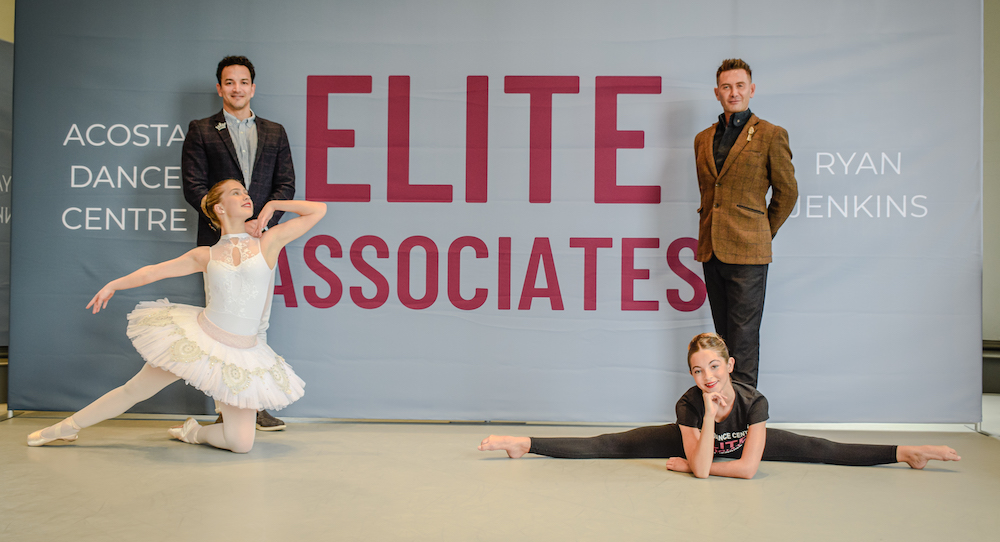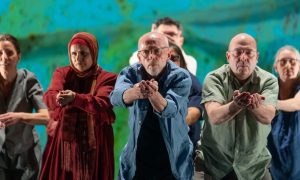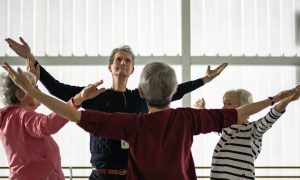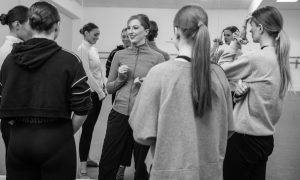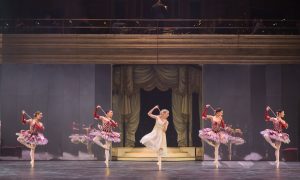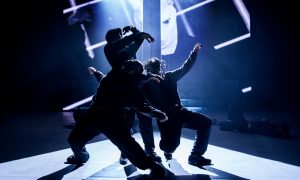This September, the esteemed Acosta Dance Centre and Ryan Jenkins, renowned director and choreographer, will launch an exciting new training initiative that offers young dancers aged 9-16 expert training in classical and contemporary styles, access to world-class mentors and a unique insight into the realities of a modern dance career.
Designed to bridge the gap between traditional dance education and the demands of today’s industry, the programme not only provides technical training but also real-world preparation and invaluable industry exposure.
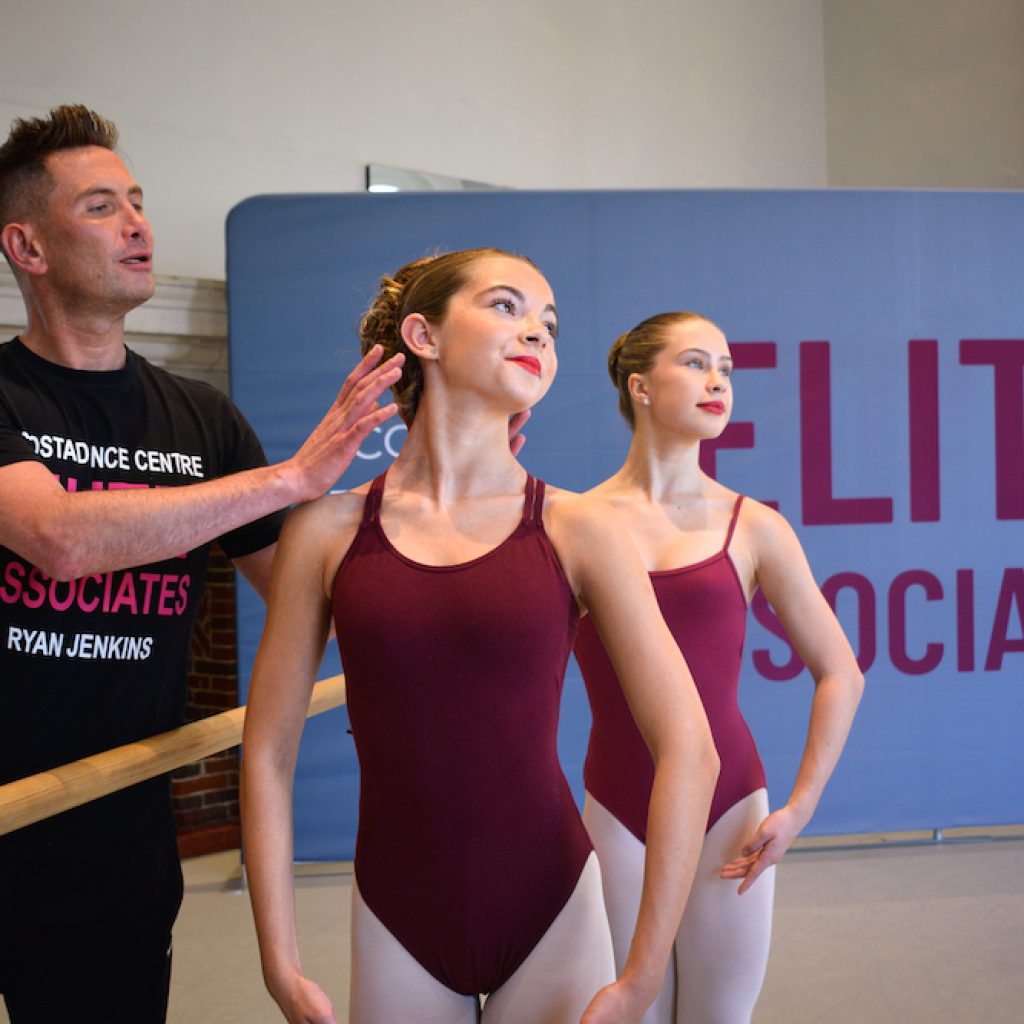
Dance Informa sits down with Javier Torres, Managing Director at Acosta Dance Centre, and Ryan Jenkins to discuss their shared vision, the value of mentorship and what they are looking for from applicants.
Building a new associate programme
The Elite Associates Programme is a monthly training day featuring ballet, contemporary, and styles ranging from Cecchetti to Balanchine, taught by expert faculty and industry-leading guest tutors at the inspiring Acosta Dance Centre in South East London.
“We wanted to create an environment where young dancers could explore a wide range of techniques, challenge themselves artistically and feel inspired,” says Torres. “Ryan (Jenkins) had been using our space, and I was really impressed by the versatile and holistic approach he took with his students, so I thought, why not join forces and try something together?”
For Torres, the fusion of approaches feels like a natural fit. “We’re going to give them a holistic approach balancing Cuban, Ashton, Balanchine, Cecchetti, Graham, Horton, and Kooningan,” he explains. “We’re really touching on every single style. It’s a good initiation to a dance career because students will learn different styles, work with very different teachers and a lot of different choreographers. The flexibility of the programme really sets it apart. It takes place once a month, which gives the students time to do their own thing and come to us to perfect their work.”
“It’s not syllabus-based; it’s technique-based, too,” adds Jenkins. “It’s a full day of education and training, where we bring in guest tutors and ballet masters to really work on nailing the basics of dance and the artistry of it. In the morning, we focus on ballet technique, floor barre and PBT (Progressing Ballet Technique), artistry and choreography. In the afternoon, we work on core work, contemporary technique, choreography and improvisation. It’s really giving students what they can’t get from a dance school.”
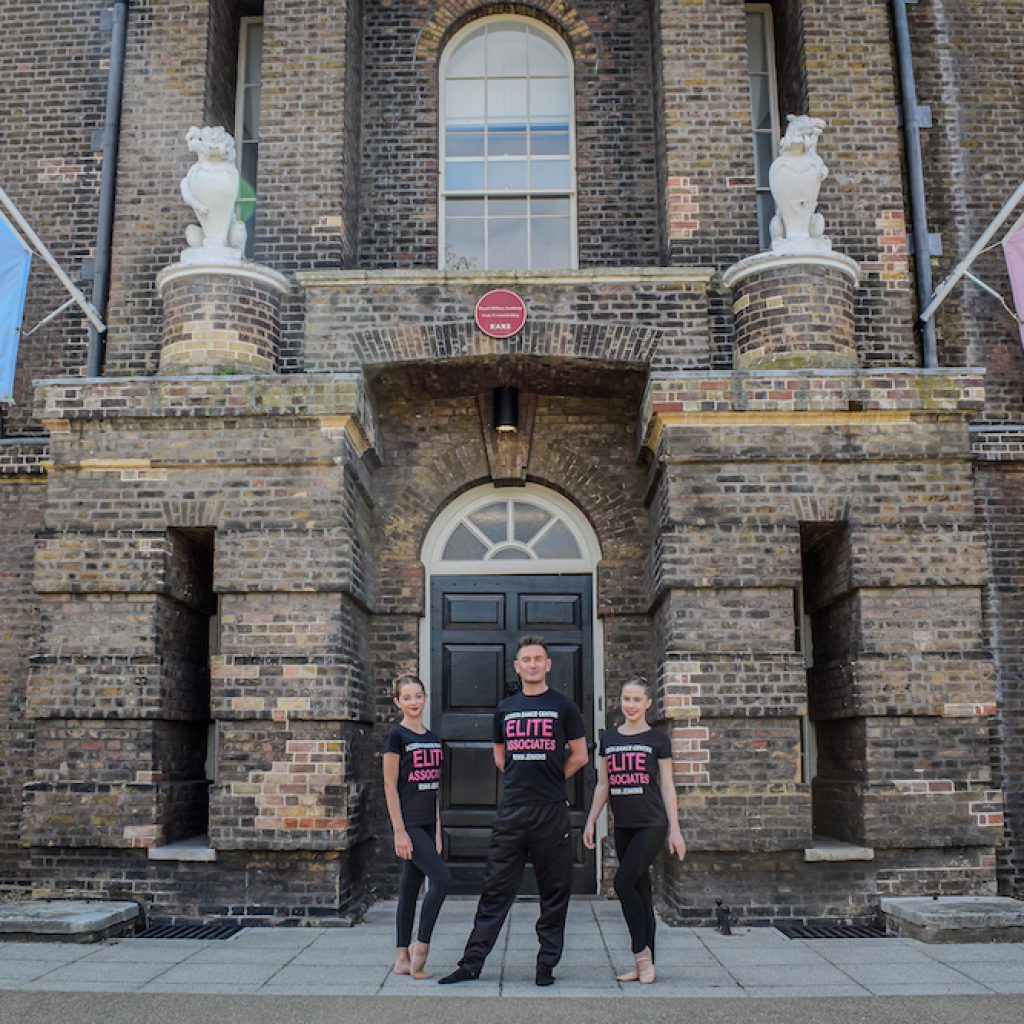
He continues, “We’re really drilling down into the detail, too. We might spend 30 minutes on a tendu, and we’re literally going to break it down and discuss the mechanics of it and perfect it. It’s about spending a little bit more time on the detail.”
Training from the real world
Beyond technique, the programme prepares students for industry realities. Workshops cover everything from audition prep to stage presence.
“We wanted to offer our dancers something more by educating them on a dancer’s life and the journey – learning to be filmed, for example,” Jenkins explains. “For instance, we’ll be working with them on concept videos, because that’s the reality of dancing now…even if you’re part of a ballet or contemporary company, you’ll be asked to film content to promote a show.”
An open industry day is also on the horizon. “We’re inviting people from the top ballet and contemporary schools and top choreographers to a showcase, where our dancers will perform classwork exercises and beautiful choreography,” Jenkins says. “There are a lot of associate programmes, but not many bring outside people in.”
Is that element of mentorships and professional guidance an important element of the programme?
“Absolutely,” says Jenkins. “I actually always think it’s important for you to have more than one mentor. That’s what makes this programme unique. It’s not just dance training; it’s everything else. How to prepare yourself before an audition? How should you treat others? How should you do your hair? Parents need those kinds of answers, too. If it’s their first child joining the dance world, they might not have a clue what’s going on. We can support them.”
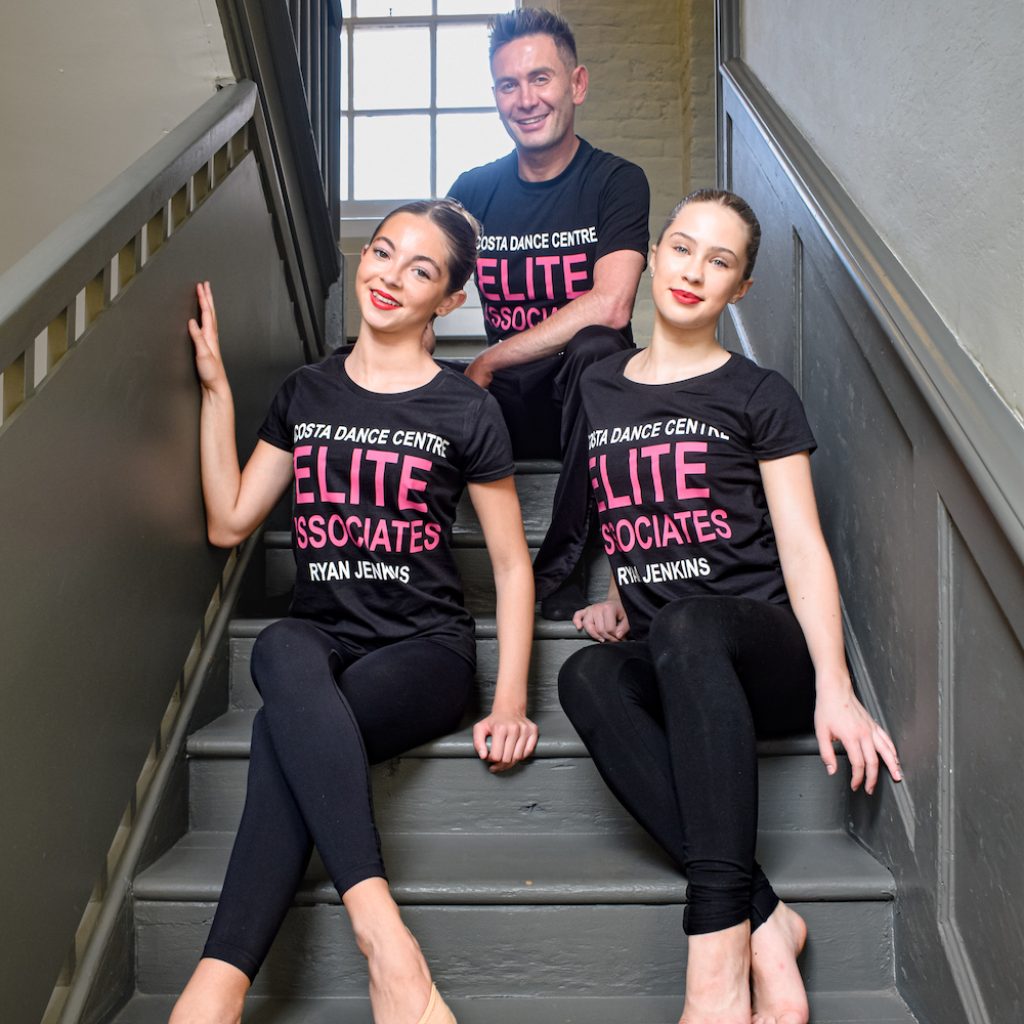
“It’s a great opportunity to consider whether you really want to become a professional dancer, too,” says Torres. “Our programme is for dancers up to the age of 16 – and at that age, you really need to know whether you’re going to go for it. You need to be fully engaged in your training, so this programme is also an important part of helping them understand that.”
Applications and what they’re looking for
“It’s a straightforward application, but what we’re really looking for are those dancers who want to take dancing seriously, students who are passionate and want to work hard,” Javier says. “If they are applying for the senior programme, they might be thinking about a career in dance or looking to define what that looks like.”
Jenkins agrees – it’s not about the perfect technique. “It’s not about filling a video with five pirouettes. We’re looking for the lines, the feel of the piece. You get booked by a director and a choreographer for the way you light up a stage, not just because you’ve got amazing feet. Obviously, you’ve got to have the foundations. But we want to hear from people who are open and want to learn, people who want to be inspired and want to be pushed. They need to want to challenge themselves.”
It is free to apply to the Elite Associates programme, and applications close on Monday 18 August. For more information and to apply, visit www. acostadancecentre.com/elite-programme/#application.
By Allie D’Almo of Dance Informa.


